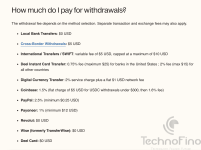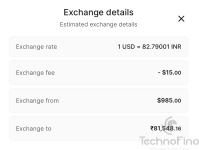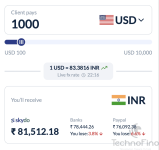connection01
TF Buzz
Hey everyone,
I've been working as a freelancer for a while now, and my foreign remittance is currently around 50 LPA. Up until now, I've been receiving all my remittances in my personal savings account with IDFC, where I enjoy a flat 7% return on funds exceeding 5 lakhs.
However, I've recently decided to switch to a partnership firm. The challenge I'm facing is that banks don't allow businesses to open savings accounts; only individuals can do so. I'm looking for the best strategy in this situation.
I plan to regularly invest the funds in mutual funds and some in the stock market. Nevertheless, I'll still miss out on some interest benefits for the funds left in my bank account, as I won't be deploying all of it.
I'm aware of sweep-in fixed deposits, but they tend to offer low rates. So, I'm seeking advice on which bank to go with. Currently, I'm considering RazorpayX, which seems to provide some additional benefits compared to traditional bank accounts.
Any insights or recommendations would be greatly appreciated!
Thanks in advance.
I've been working as a freelancer for a while now, and my foreign remittance is currently around 50 LPA. Up until now, I've been receiving all my remittances in my personal savings account with IDFC, where I enjoy a flat 7% return on funds exceeding 5 lakhs.
However, I've recently decided to switch to a partnership firm. The challenge I'm facing is that banks don't allow businesses to open savings accounts; only individuals can do so. I'm looking for the best strategy in this situation.
I plan to regularly invest the funds in mutual funds and some in the stock market. Nevertheless, I'll still miss out on some interest benefits for the funds left in my bank account, as I won't be deploying all of it.
I'm aware of sweep-in fixed deposits, but they tend to offer low rates. So, I'm seeking advice on which bank to go with. Currently, I'm considering RazorpayX, which seems to provide some additional benefits compared to traditional bank accounts.
Any insights or recommendations would be greatly appreciated!
Thanks in advance.





